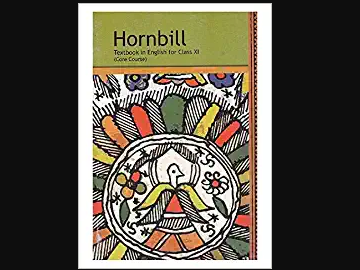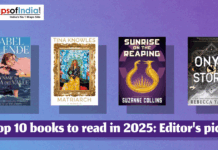Chapter 3 – Discovering Tut: The Saga Continues Questions and Answers: NCERT Solutions for Class 11 English (Hornbill Prose)
Class 11 Discovering Tut: The Saga Continues NCERT book solutions for Chapter 3 - English (Hornbill Prose) Questions and Answers.




